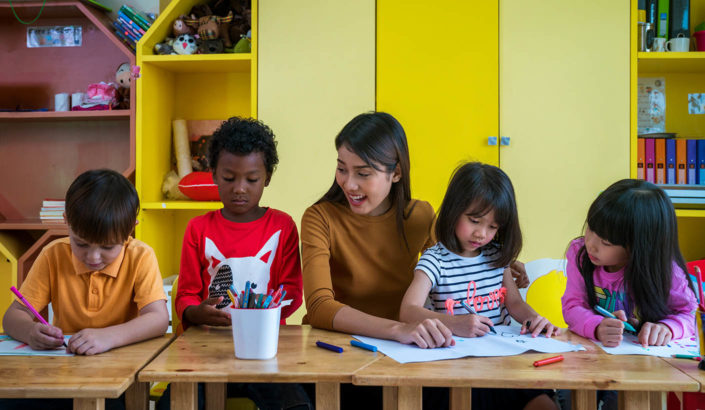To find what you need quickly, sort the practices by age level and duration.
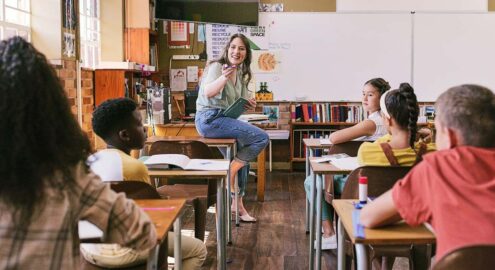
Tuning into Truthfulness
Students explore how honesty and dishonesty feel in the body.
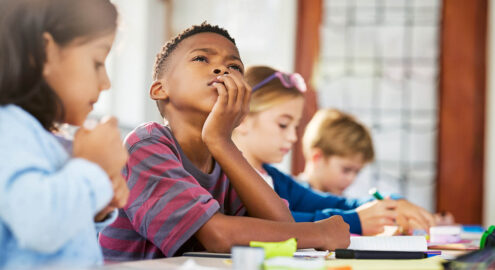
A Hopeful Plan
A goal-setting process for students that fosters hope in action
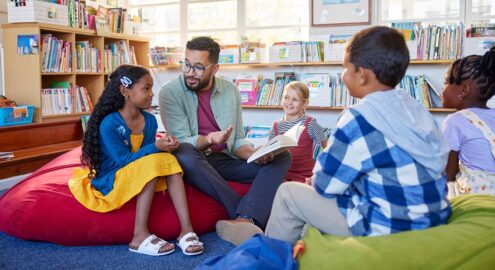
Is Fair, Fair?
Learn the difference between equality and equity

Truth or Tale?
A fun and quick game about honesty

Module 8.1 Purpose for Students

Module 8.2 Self-Compassion for Students

Module 8.3 Kindness and Compassion for Students
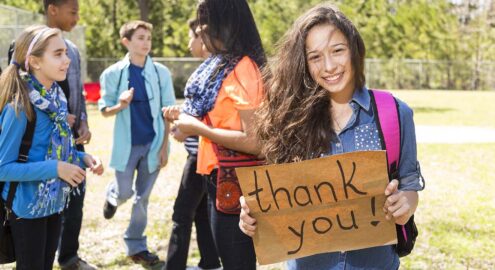
Module 8.4 Gratitude for Students
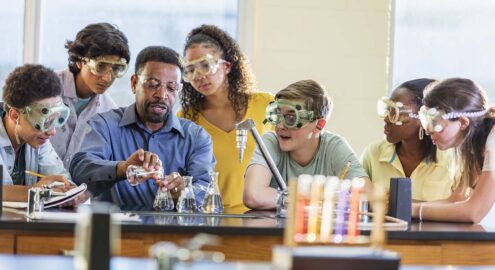
Module 8.5 Awe for Students

Module 8.6 Courage for Students

Module 8.7 Empathy for Students
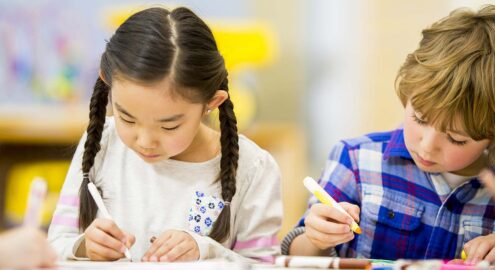
Seeds of Self-Compassion
Students practice positive self-talk and self-compassion in a kid-friendly way.

Module 8.8 Mindfulness for Students

Module 8.9 Humility for Students
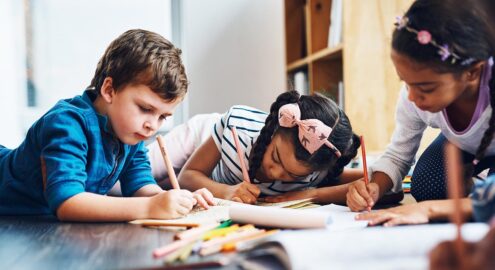
Art on Purpose
Students explore what is meaningful to them through art.

Module 8.10 Forgiveness for Students

Module 8.11 Hope for Students

Inspiring Climate Awareness Through Gratitude
Students consider the impact of climate change on something they love in nature.

Are you ready to build a kinder, happier school where everyone belongs? Join Greater Good Educators! Explore the science of well-being in a supportive community of educators from around the world. Registration is now open for the 2025-2026 school year!


